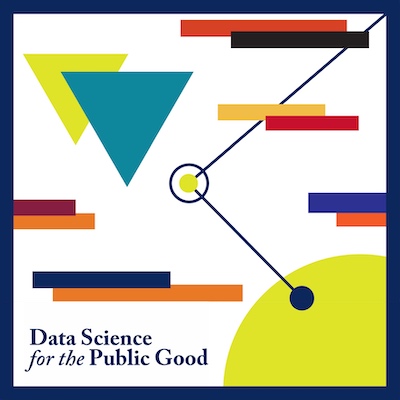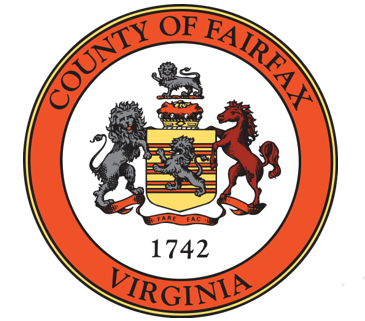Fairfax County Labor Markets
Symposium Presentation of the 2020 DSPG Project

Fairfax County Labor Markets:
Characterizing Local Workforce
and Employment Networks
Sarah McDonald, Susweta Ray, Owen Hart, Sean Pietrowicz
Teja Pristavec, Brandon Kramer, Kathryn Linehan,
Joy Tobin, Stephanie Shipp, and Sallie Keller
Sponsors: Michelle Gregory and Sophia Dutton (Fairfax County)

Our three main goals for the
2020 DSPG Summer Project were to:
(1) Characterize the Fairfax County workforce,
occupation sectors, and industry composition
(2) Identify vulnerable and emerging areas
(3) Explore workforce flows
Characterizing the Fairfax County Workforce
Residents who live in near Dulles, Reston, and Herndon, as well as in the south-east part of the county, are most reliant on public transit, and thus will be most affected by restricted public transportation access due to the pandemic.
Identifying Vulnerable Areas
The map shows many tracts in the south-east part of the County with darker shading, indicating these tracts have higher relative vulnerability, and may be more likely to experience high rates of job loss and economic hardship due to the pandemic.
Identifying Emerging Areas
This map shows the locations of these employers, with each company employing between 400 and 8500 workers. The top five employers in Fairfax County are Sodexo, Inova Fairfax Hospital, George Mason University, AT&T Store and GMU Community Relations, each employing 4000 or more workers.
Among these largest five employers, three are located in Springfield, Falls Church, and Oakton, and two in Fairfax City. The remaining largest employers cluster around Tysons Corner, Fair Oaks, Merrifield, Chantilly, and Reston.
Fortune 1000 Companies in Fairfax
Given that Forbes 1000 headquarters appear in tracts that contain the highest percentages of jobs, this map suggests that these employers attract workers and create significant job opportunities in the county.
Using Network Analysis to Examine
Job Flows From Outside of Fairfax County

We see that many Fairfax County workers who do not live in Fairfax County commute from Maryland, DC, and West Virginia.
Where do Fairfax Workers
Come from Outside of Virginia?
This map revealed that some workers who come to work in Fairfax County live in states well outside of driving distance.
This created a challenge, as it is difficult to determine whether workers work for businesses with headquarters in Fairfax but work physically located elsewhere, or whether they do work in Fairfax but perhaps only part of the time.